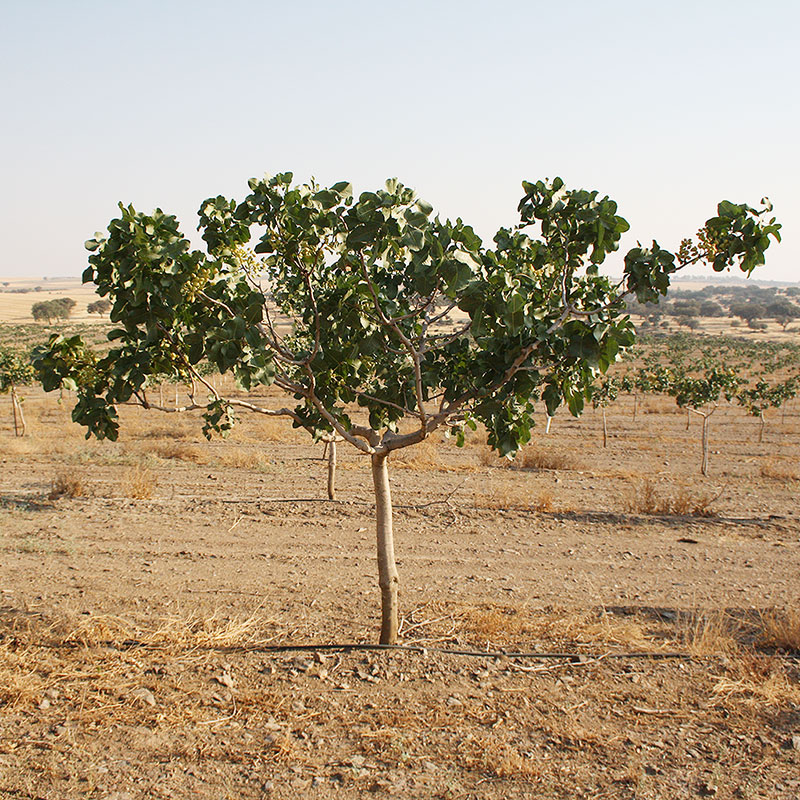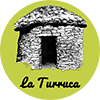
LA TURRUCA
The name of our brand is taken from that of a rustic construction of the countryside of Extremadura: the Turruca. These traditional huts, built of large stones and with domed roofs also of stone or of securely fastened branches, were used for shelter and storage by country people and were frequently found scattered among pasturelands, olive groves, and cultivated land.
PISTACHOS EN LA CAMPIÑA SUR DE EXTREMADURA
It is precisely here, in the heart of the Campiña Sur district of Extremadura and on the Badajoz side of the Sierra Morena, where we can find the La Turruca pistachio plantation run by the Álvarez Carrizosa family and the Pistazuaga Company. All this developed from a small test plantation on 2 hectares established in 2011, when the possibility was raised of taking advantage of the weather and the properties of the land to grow pistachio thanks to the indigenous shrubs (terebinths) present in the area.
UN LEGADO FAMILIAR
The legacy of the grandparents of Daniel and David and the help and the good work of the family were the origin of what became an extensive plantation of pistachio trees set among farmland and pastureland with scattered holm oaks. By grafting the pistachio fruit tree (Pistacia vera) onto the terebinth, a shrub typical of the area, males and females of the pistachio grow and mature after being cared for patiently for many years.



With over 8,000 trees on 30 hectares, the La Turruca pistachios produced are currently selected for subsequent treatment on the spot which may be of two types. Some are dried and toasted for sale in various formats (salted or unsalted, shelled or in their shells) while others will be converted into a soft, pleasant, and nutritious paste (our pistachio paste which is ideal for gourmets and vegans).

What is the terebinth?
The terebinth (Pistacia terebinthus) is a shrub of rural areas from the Anacardiaceae or cashew family and to be precise from the Pistacia genus. These plants are characteristic of regions with hot temperate climates and are generally to be found in Mediterranean countries such as Greece, Turkey, Spain, and Morocco.
Cold winters and hot dry summers such as those of the province of Badajoz are ideal for its development. The long hours of sunlight and the aridity of the terrain for extended periods of the year and even sub-zero temperatures in the coldest months do not stop the plants’ growth, which makes them extremely resistant.
This hardiness together with its close relationship to the pistachio tree allows the terebinth to be grafted so that its highly prized fruits can develop. Organised regularly by males and females, the plant is wind pollinated and begins to yield its fruits once spring has passed. This is the starting point for our delicacy.
